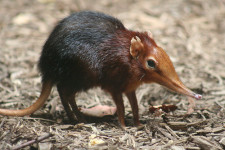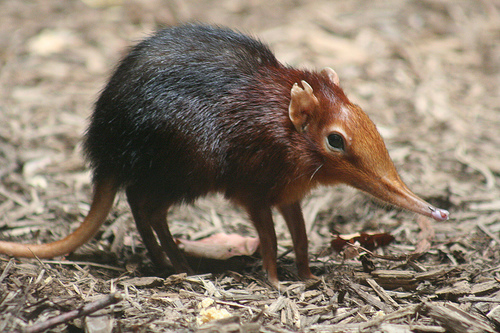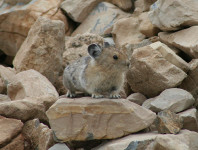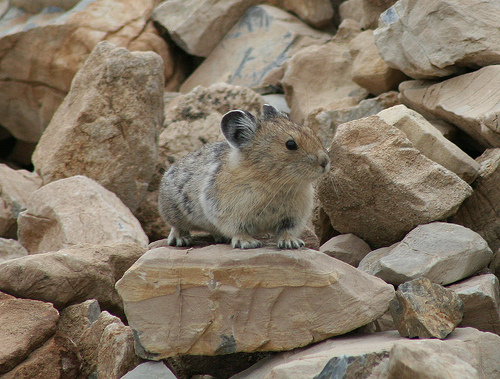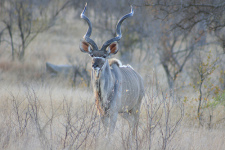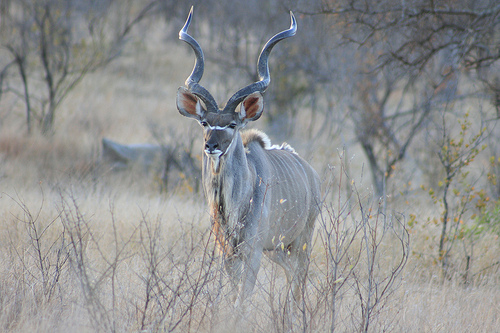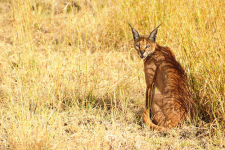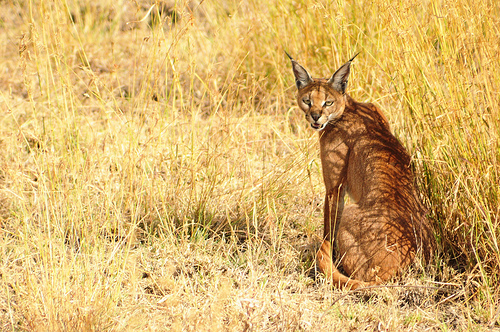
Don’t stoat around… at least not too much!
- Stoats are small mammals that are close relatives of weasels, and they originate in North America, Asia and Europe.
- The scientific name of a stoat is Mustela erminea, and it is from the family Mustelidae, the family of weasels.
- ‘Stoats’ are also known as ‘short-tailed weasels’, ‘Bonaparte weasels’ and ‘ermines’, and they occupy a wide range of habitats.
- Stoats range from 17 to 35 centimetres (6.7 to 13.8 inches) in length, and generally weigh between 180 to 258 grams (6.3 to 9.1 ounces).
- The coat of a stoat is typically coloured a combination of brown, black and tan with a white underside, and when the animal moults in autumn, the fur will usually grow back as a lighter colour for camouflaging purposes in winter, and this new fur coat can be completely white except for the tip of its tail, although the resulting colour change depends on the geographical region and climate that the animal lives in.
Stoat
Image courtesy of Mark Kilner/Flickr
- Stoats live in territories and occupy multiple dens, that are often the original home of past prey and these can be hollows, nests, burrows or other small sheltered areas.
- The diet of stoats varies, depending on their location, and it can include rabbits, rodents, lizards, insects, birds and fish; and they are preyed upon by wild cats, foxes and snakes.
- The fur of stoats has been historically used by humans for winter clothing purposes, and commonly for ornamental reasons, especially by nobility.
- Stoats were introduced to New Zealand in the late 1800s for the purpose of reducing rabbit numbers, however, as predicted, they have had a significant, negative environmental impact, and have threatened numerous native species of birds.
- Female stoats typically give birth to between 5 and 15 young at one time, and they usually have only one litter during their life, which is an average of 4 to 6 years.
Bibliography:
Stoat, 2013, A-Z Animals, http://a-z-animals.com/animals/stoat/
Stoat, 2015, Wikipedia, http://en.wikipedia.org/wiki/Stoat










